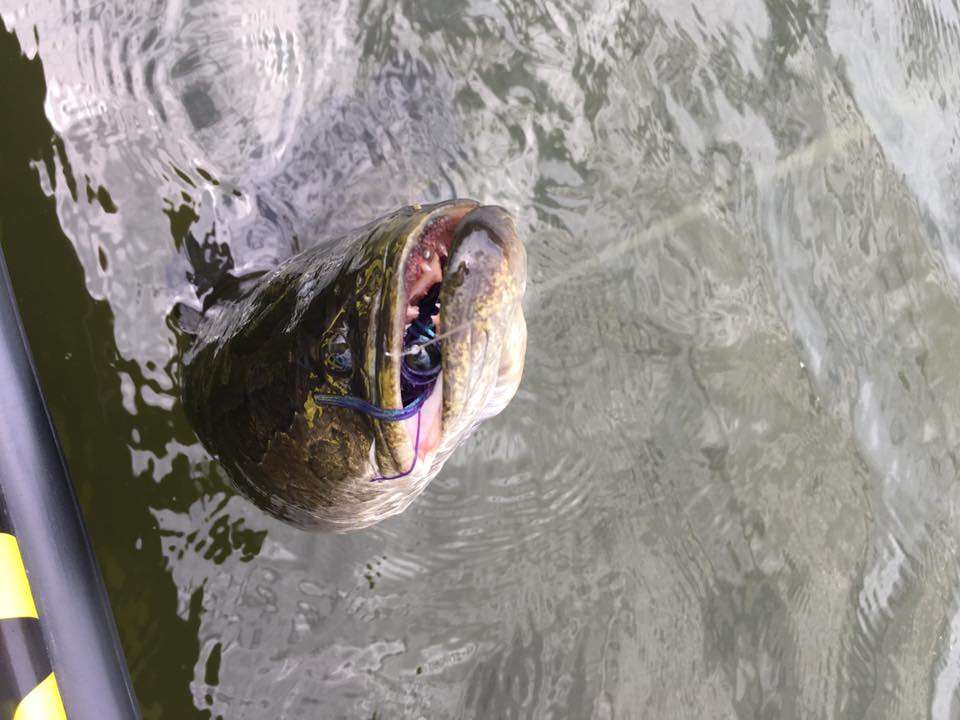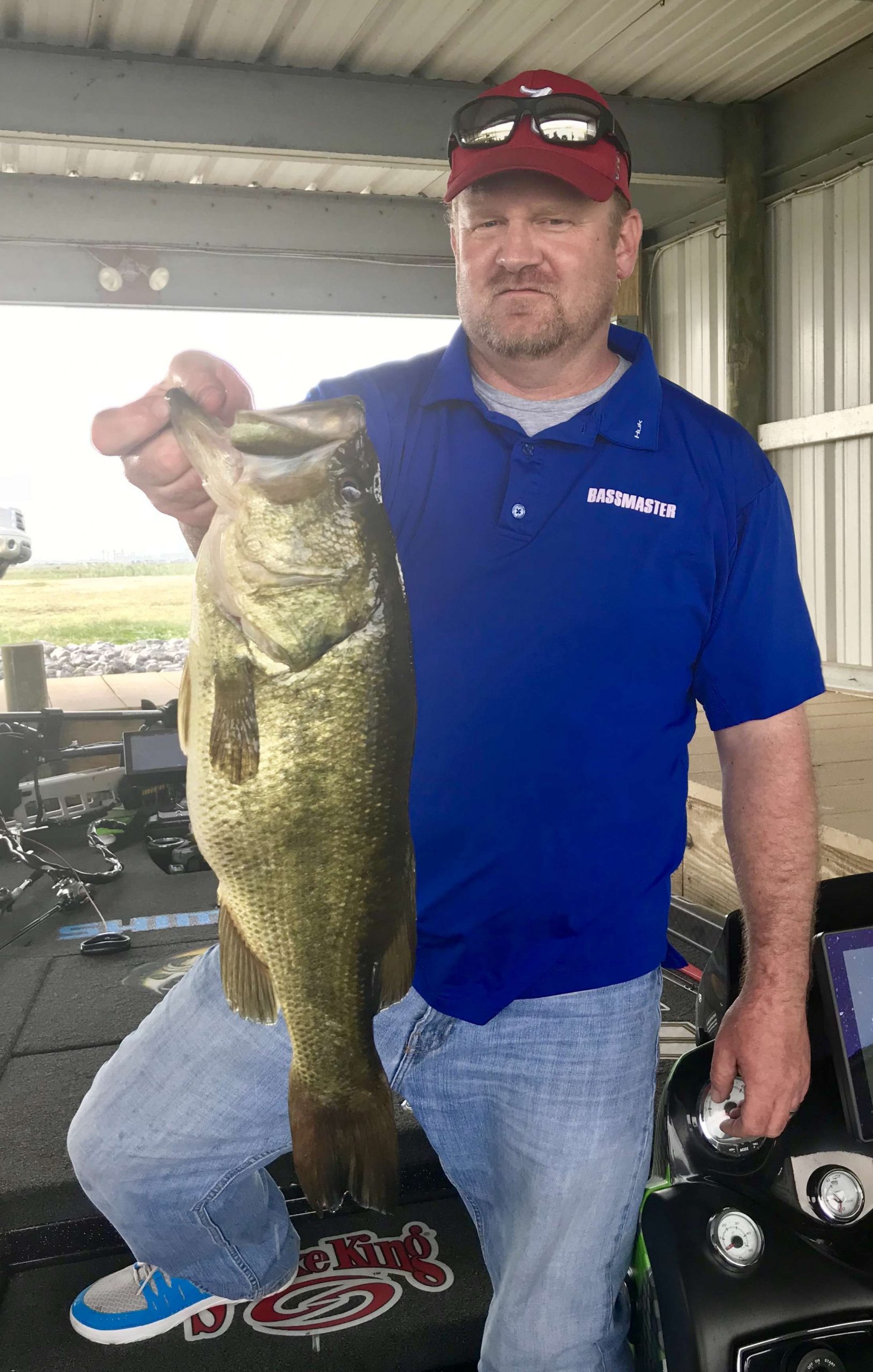
CHARLES COUNTY, Md. — Adrian Avena said it was going to happen.
Dave Lefebre predicted it, too.
Now as anglers are practicing for the Bassmaster Elite at Potomac River presented by Econo Lodge, it’s all coming to pass.
The competitors on the Bassmaster Elite Series are experiencing the fury of the northern snakehead — an exotic Asian species that has established a breeding population on the Potomac River since being illegally introduced almost 15 years ago.
The fish are considered extremely harmful to the waterway, and officials from the Maryland Department of Natural Resources ask anglers never to release one alive.
But wow, what a topwater strike!
“The frog fishermen like Dean Rojas and Cliff Crochet are going to get their arms broken a couple of times this week,” Avena said. “Those things are amazing. They’ll take the rod out of your hand when they hit it, and then they fight.”
Lefebre said he also expects much of the field to be introduced to the snakehead this week.
“I expect at least 50 guys to get the most vicious topwater strikes they’ve ever gotten,” Lefebre said. “There’s no way to really explain it. People are going to be amazed.”
It’s already been happening.
Alabama pro Clent Davis posted a picture of a snakehead on his Facebook page Monday. So did fellow Alabamian Matt Herren and Tennessee pro David Walker — and the pictures alone have been plenty impressive.
Northern snakeheads are one of the most ominous-looking fish on the planet.
As their name implies, they have scaled snake-like heads with a protruding lower jaw. Their mouths are filled with sharp teeth, and they vary in color depending on their age. Younger fish are golden brown to pale in color, and the older ones are usually dark brown with large black blotches.
Snakeheads have a unique ability to breathe air that sometimes allows them to relocate small distances to other nearby fisheries — as long as they remain moist. Their voracious appetites and ability to reproduce quickly makes them an immediate threat to native game fish once they make their way into major fisheries.
They are native to parts of China, Russia and Korea. Before people realized just how dangerous they were, live snakeheads were routinely sold in many American fish markets and aquarium stores. It is believed that some pet owners may have released snakeheads into the wild when they grew too big for aquarium tanks.
Believe it or not, they’ve been known to crack the glass tanks where they’re being housed.
Importation and interstate transportation of the northern snakehead was banned in 2002. But that doesn’t mean anglers can’t eat the ones that are already here.
In fact, Dave Lefebre recommends it.
“The last time I was there I caught 11,” he said. “We took them home, cleaned them and they were some of the best eating we’ve ever had.”

